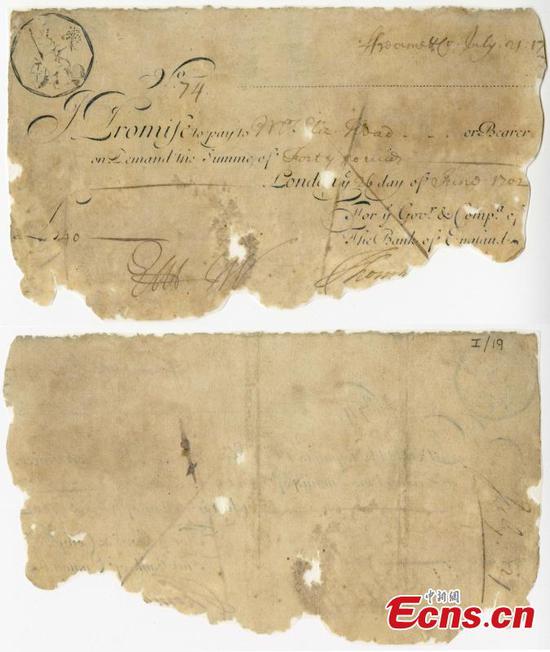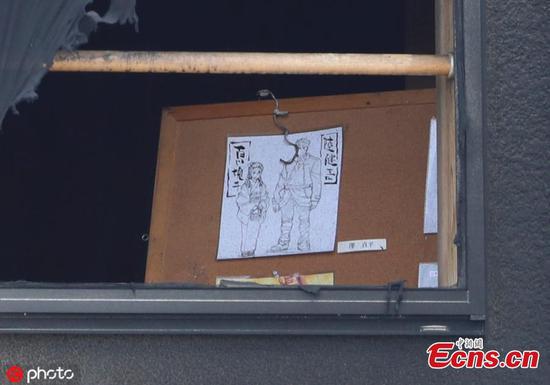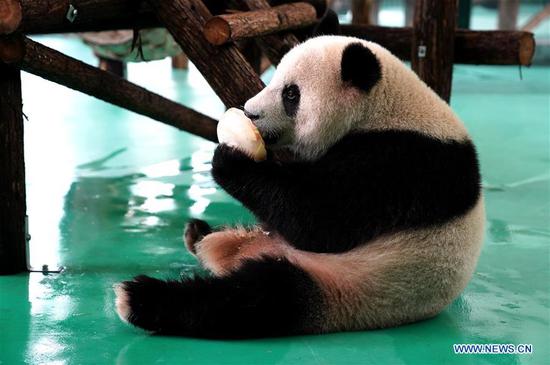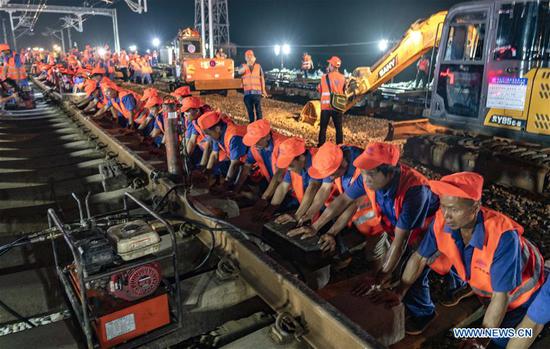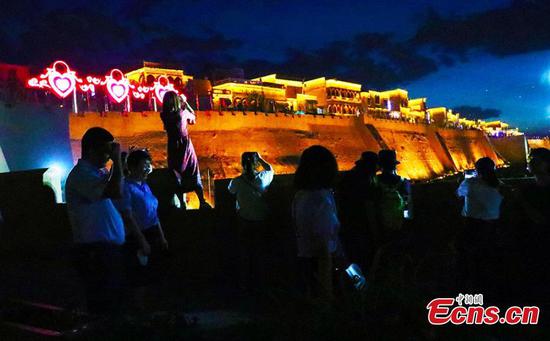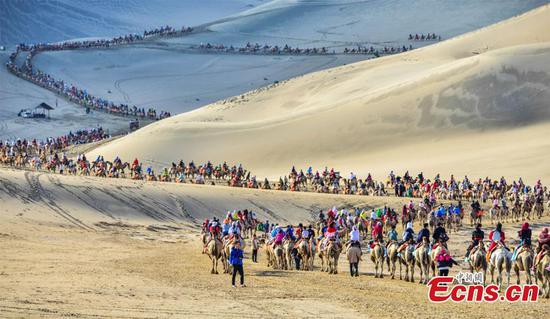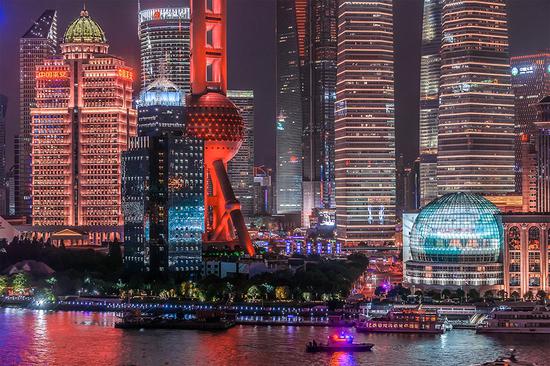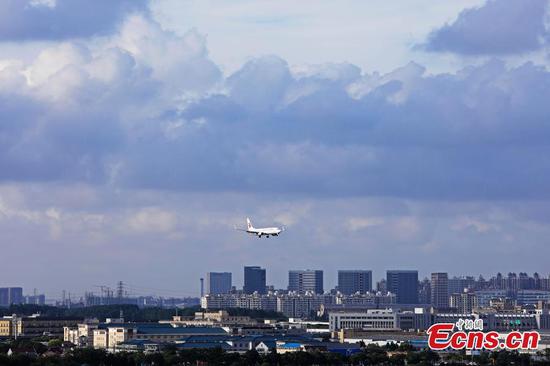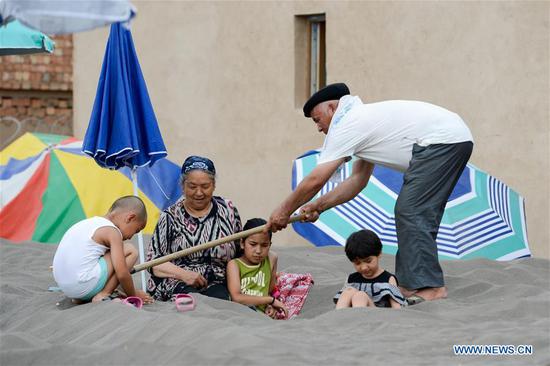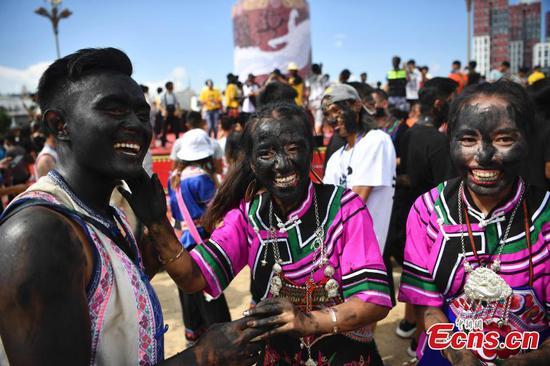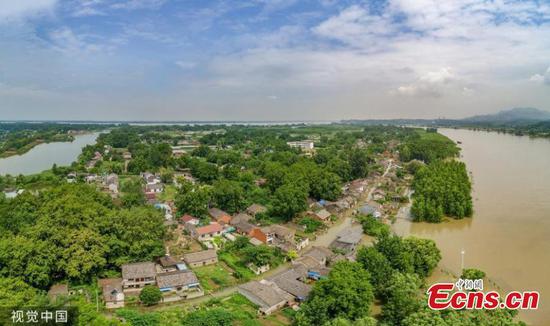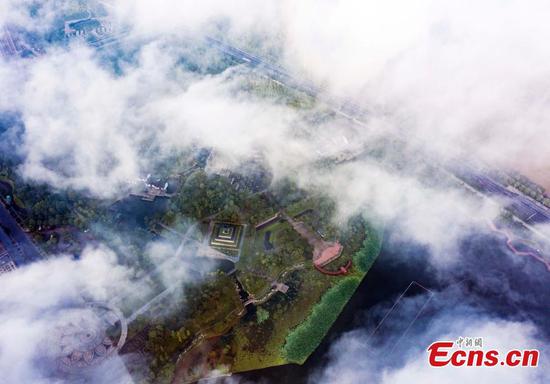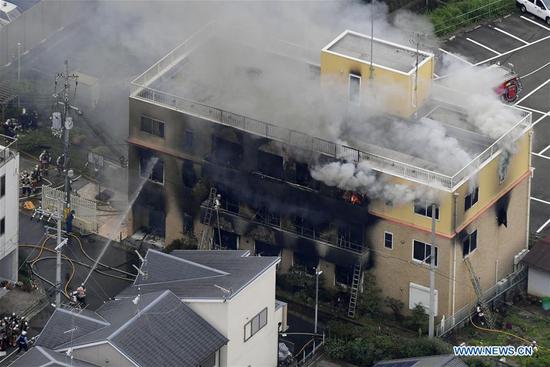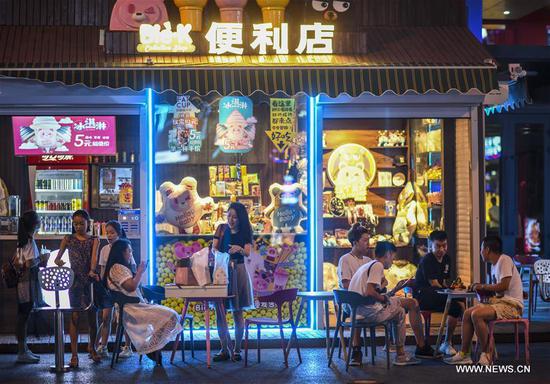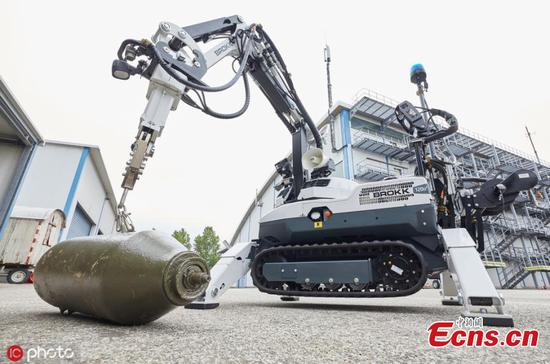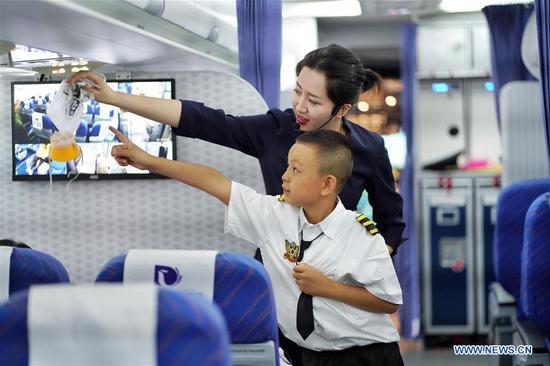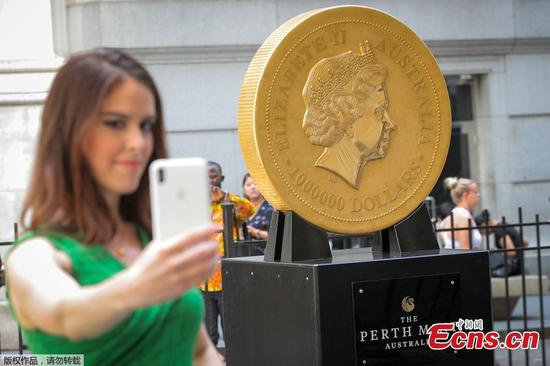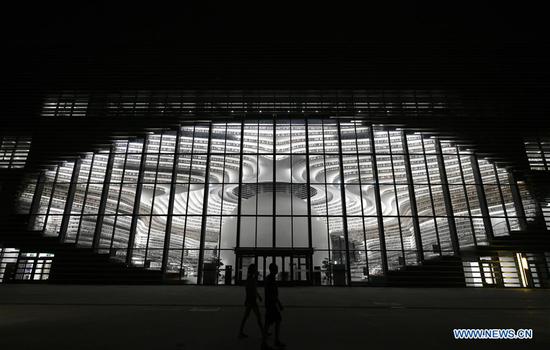Tourists coming to Wuhan, central China's Hubei Province, now have a unique destination on their list of must-see attractions: a 20th-century design cruise ship on the Yangtze River with four decks and 98 cabins, where a drama set in 1920s Wuhan is performed.
Paying about 200 yuan (about 29 U.S. dollars) for a ticket, tourists can go aboard the ship Zhiyin Hao at around 7:30 p.m. and immerse themselves in the drama where performers wear vintage clothing.
As Wuhan's flagship night tour program, the cruise has attracted a total of 500,000 tourists since it was launched in 2017, fueling business growth in nearby restaurants, hotels and tourist attractions, said Kang Haijun, general manager of the cruise operator Wuhan Chaozong Culture & Tourism Co., Ltd.
"Sleepless" cities like Wuhan have been springing up around the country, as Chinese people, especially those in their twenties and thirties, are eager to enjoy vibrant nightlife, resulting in rising demand for nighttime services.
China's night catering consumption jumped 47 percent in 2018 from a year earlier, 2 percentage points higher than the daytime growth, according to a report released by the China Tourism Academy (CTA) and Meituan, a Yelp-like Chinese online city guide.
Young people were the largest contributors to nighttime consumption in China, with post-80s tourists' consumption value and volume accounting for more than 40 percent of the total during the May Day holiday, a report by the China UnionPay Merchant Services Co., Ltd. showed.
NEW GROWTH DRIVER
Observers regarded the nighttime economy as a new growth driver and economic contributor as consumption is playing an increasingly important role in the economic growth of the world's second-largest economy.
He Jianmin, a researcher with Shanghai University of Finance and Economics, said the nighttime economy can extend the time tourists stay in a city, promote the development of the service industry as well as create job opportunities for local people.
Many local governments have unveiled plans to light up their nighttime economy after dark.
On July 19, Beijing extended the running hours of its subway Line 1 and Line 2 on Friday and Saturday, requiring the last train to depart after 12 o'clock at night.
The capital city's sub-center of Tongzhou District will develop late-night canteens along the key subway lines and in administrative office areas, and encourage the building of 24-hour convenience stores, bookstores, chemists and movie theaters.
Nighttime consumption is also booming in other cities. Shijiazhuang, capital of north China's Hebei Province, has lowered the electricity cost of stores extending running hours at night by 0.2 yuan per kilowatt-hour, reducing the financial burden of local shopping malls.
The business community is upbeat about the potential of China's nighttime consumption market.
Nearly 60 percent of the surveyed travel companies expected a 10-20 percent increase in the scale of China's night-tour market and more than 80 percent decided to expand their investment in this field, according to a survey conducted by the CTA.
To further facilitate the nighttime economy, the supply structure of nighttime consumption should be improved to provide customers with more diverse services other than dining and shopping, said Zhao Ping, a researcher with the Academy of China Council for the Promotion of International Trade.
Local government should create a sound business environment and step up oversight on food safety and environmental pollution, Zhao added.









